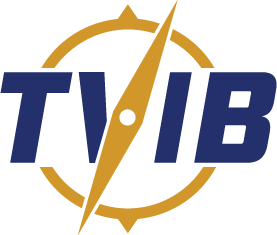Holiday Greetings from TVIB

From all of us at TVIB, we wish you and yours the warmest greetings of the season and best wishes for happiness in the new year. One of the real joys this holiday season is the opportunity to say thank you and wish you the very best for the new year.
Holiday Schedule
Christmas: Offices closed Monday 12/24 and Tuesday 12/25
New Years: Offices closed Monday 12/31 and Tuesday 1/1
If you need immediate assistance during our holiday schedule please call our 24-Hour Response Line – (888) 983-TVIB (8842) and the appropriate staff member will respond promptly.

 Chris Parsonage, Executive Director and President of TVIB will be speaking on a panel at this year’s International WorkBoat Show next week in New Orleans. The panel, Subchapter M Has Arrived. Now What?, will be Thursday, November 29th from 11:00 am to 12:00 pm in the Think Tank, Collaboration Zone. Chris will be joined by Kevin Gilheany of Maritime Compliance International, LLC, and David Kapf, Editor of WorkBoat magazine.
Chris Parsonage, Executive Director and President of TVIB will be speaking on a panel at this year’s International WorkBoat Show next week in New Orleans. The panel, Subchapter M Has Arrived. Now What?, will be Thursday, November 29th from 11:00 am to 12:00 pm in the Think Tank, Collaboration Zone. Chris will be joined by Kevin Gilheany of Maritime Compliance International, LLC, and David Kapf, Editor of WorkBoat magazine.